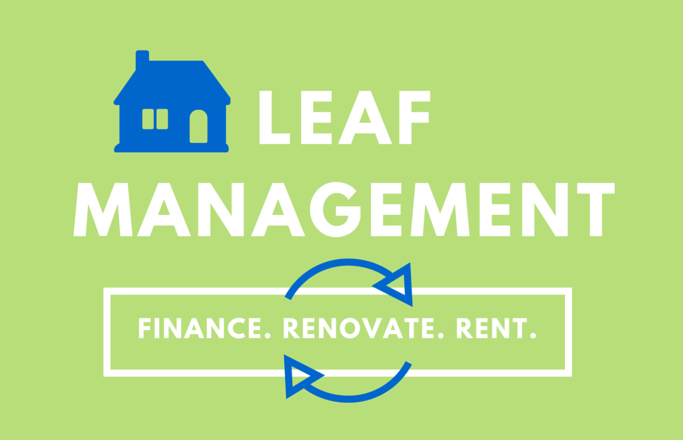6 Flips Beginner Flippers Should Avoid
Fix-and-Flip real estate investing is an interesting way to dip your toe into real estate investing. One property at a time, you can grow your profits and your home renovation skills whether your flips or build a portfolio of rentals Many people get into house flipping as a fun way to make money through home improvement projects. However, your profits rely first and foremost on choosing the right house.
If you’re just starting as a house flipper, knowing which houses to choose – and which houses to avoid – is essential. We can walk you through the types of houses that are “red flags” and don’t make good flips or the investment is too high for someone just starting their investment path.
1) Badly Damaged Properties
It’s true that the most profitable flips are shabby homes where no one else can see the potential. But watch out for real damage. Major repairs can quickly stack up the renovation costs without significantly increasing your profit margin. Never invest in a home that will cost more to repair than the potential market value increase. In fact, keep your repair costs to less than 1/3 of your potential profits.
This includes homes with sagging roofs, torn out interiors, fire damage, utility damage, or even too-extensive surface damage that would require too-large an investment to fix.
2) Homes with “Bad Bones”
They say that a good flip has “good bones”. This means that the structure and utility systems are sound. All you need are a few cosmetic improvements to make the home beautiful and livable again. The reverse of this is to avoid homes with “bad bones”. Damaged foundations and roofs, ancient and broken plumbing, or flickering and unstable electricity are all signs of “bad bones” that you just can’t fix on a flipper’s profit margin.
Serious mold infestation is also a red flag. Not only would you need to have the mold fully removed (which can mean cutting out walls), but the spores are dangerous to you and future buyers.
3) Homes in Luxury Neighborhoods
Luxury neighborhoods are not good beginner flips because the initial investment is too high, and the buyers expect too much. You would need to invest in luxury materials like marble countertops and real hardwood floors just to upgrade an older home to the luxury standards of a high-end neighborhood. Top-dollar buyers are also always looking for flaws and reasons to pass on a house or bargain down your selling price.
Come back to these homes when your profits have accumulated, and your skills are honed. They can be money-makers, but are not beginner-friendly projects.
4) Properties with High Competition
Don’t get caught in a bidding war. High-competition neighborhoods and properties aren’t ideal for flipping because you’ll wind up paying too much to make a good profit.
Remember, “buy low, sell high” is at the heart of flipping. Your goal is to buy a house where others can’t see the potential and give it the ugly duckling transformation so that buyers clamor for it when you’re done.
5) Asbestos Risk Homes
Homes built from the 1930s to the 1980s can potentially contain asbestos insulation or paint behind painted walls and popcorn ceilings. Watch out. As long as the asbestos is sealed behind paint, the sellers don’t even have to mention it (and may not know, themselves). Watch out! Know a home’s construction date and have asbestos tests run before you start stripping back old paint or wallpaper or opening up walls.
If you’re not sure, look for another flip that is safer. Homes built after 1990 definitely don’t have asbestos.
6) Properties Without an Exit Strategy
Lastly, watch out for any property where you can’t build an exit strategy. If you cannot easily calculate the improved market value after your renovations and ensure that there will be eager buyers for the finished product, consider other options. This includes properties in strange locations, weird floor plans, inaccessible doors, and other problems that might get in the way of a profitable sale.
What are the Properties for Your First Flip?
- Shabby Homes with Only Surface Damage
- Small Starter Homes
- Foreclosures in Good Condition
The good news is that there are plenty of properties that are perfect for beginner flippers. Older starter homes are often your best bet: Little 1-3 bedroom houses in mid-level neighborhoods. Starter homes attract new families when spruced up and buyers who are glad to have a good quality home without expecting extra luxuries like marble or top-tier appliances.
You can also watch out for homes with good bones sold at unusually low prices, such as foreclosers and sometimes estate sales. If you can buy low, apply your skills, and sell high, then it’s likely a good place to start.
Renting Your First Flips
There are two ways to make money after flipping a house. The first is to resell at a higher price, but the second is to build a rental portfolio. If you can get a good monthly price from renters, you can start collecting an ongoing income that will ROI your investment and fund future investments over time. To learn how to predict the future rental income of a flip, contact us today.
